Some Facts on Ginger Fur for Ginger Cat Appreciation Day!
September 1 is Ginger Cat Appreciation Day!
As guardian to a ginger cat who stole my heart the moment I laid eyes on her in 2014, my sweet Jazmine, I find it quite pleasing a day was created to honor her, along with other kitties in fur colors ranging from cantaloupe to pumpkin, copper, gingersnap, marmalade, rust, paprika, papaya, carrot, apricot, honey, amber, mango, poppy, sand, flame and more. Gingers can be one color; they can have patterns with swirls, stripes, blotches, and spots, and many are adorned with a bib and mittens, usually white in color. However, every day is Ginger Cat Appreciation Day* in our house. Or perhaps more aptly, Ginger Cat Worship Day, but I figured since there is an official day, why not share some fun facts about how all those ranges of ginger fur patterns and colors come to be?
First, because ginger cats are not a breed, their coloring is based on a specific coat marking known as the tabby pattern (a pattern common to cats of all colors, not just gingers). There are four primary tabby pattern classifications, and although there are many variations, none is solid orange. They are mackerel, classic, ticked, and spotted. A fifth pattern, the patched tabby, is formed by any of the four basic patterns when part of a patched pattern is a calico or tortoiseshell cat with patches of tabby coat. These cats are known as “torbies” if they have tabby and tortoiseshell colors and “tabicos” or “calibies” for a mix of tabby and calico patterns. Regardless of the pattern, tabby cats’ most distinctive feature in common is the “M” on their foreheads.
The pigment responsible for an orange cat’s color (and all cat colors) depends on melanin and its components: eumelanin and pheomelanin. The combination of these two, in greater or lesser ratios, defines the intensity. Eumelanin produces brown and black, and pheomelanin produces red and yellow. The mix is determined by the amount of melanin transferred genetically by the father and the mother to their young when conceived.
If a kitten inherits the O gene from just one parent because that gene, called the orange pigment gene, is dominant, it will have some orange coloring somewhere, although it might not be an entirely orange coat. Orange coloring can also “mask” other colors, including black, and even light cream-colored cats have the orange gene, but they also have a dilution gene that limits how much red pigment is produced. White and orange cats, a common color variation, owe their white color to the White Spotting gene, which overlays pigmentless areas on top of the tabby orange base. These pigmentless areas cover most of a cat’s body or just the classic bib, mittens, and tail tip.
 The tabby pattern is determined by both the agouti gene, which causes each individual hair to have bands of light and heavy pigmentation, and the tabby gene, which denotes the type of tabby pattern, specifically stripes, blotches, or spots of hairs of solid color (solid color being misleading in that when you look closely at a solid-colored cat, you will notice some hairs are a little lighter than others giving a faint striped effect). And even if the signature tabby pattern is not easily visible because the ticking pattern is so delicate or the color contrast is low, it is there. This can be more noticeable on a solid-colored cat sitting in the bright sun, making the faint tabby markings easier to distinguish.
The tabby pattern is determined by both the agouti gene, which causes each individual hair to have bands of light and heavy pigmentation, and the tabby gene, which denotes the type of tabby pattern, specifically stripes, blotches, or spots of hairs of solid color (solid color being misleading in that when you look closely at a solid-colored cat, you will notice some hairs are a little lighter than others giving a faint striped effect). And even if the signature tabby pattern is not easily visible because the ticking pattern is so delicate or the color contrast is low, it is there. This can be more noticeable on a solid-colored cat sitting in the bright sun, making the faint tabby markings easier to distinguish.
 The full name for the gene responsible for the variation in tabby patterns is Transmembrane aminopeptidase Q or Taqpep for short. Domestic cats inherited this gene from their ancestors in the wild, with the purpose of tabby patterning to provide camouflage for the cat when hunting, as it is harder for prey to spot a predator whose markings blend in with the natural surroundings than it is to spot a predator of solid color.
The full name for the gene responsible for the variation in tabby patterns is Transmembrane aminopeptidase Q or Taqpep for short. Domestic cats inherited this gene from their ancestors in the wild, with the purpose of tabby patterning to provide camouflage for the cat when hunting, as it is harder for prey to spot a predator whose markings blend in with the natural surroundings than it is to spot a predator of solid color.
Mackerel. The mackerel tabby pattern gives narrow, vertical, gently curving stripes that run parallel on the sides of the body. The stripes may be continuous or broken into bars and short segments/spots, especially on the flanks and stomach, and are typically evenly spaced at various angles on the neck and shoulder area, running perpendicular to the cat’s spine and lining his legs and ring his tail, resembling a fish skeleton; hence the term mackerel to describe the pattern. An ‘M’ shape appears on the forehead, along with dark lines from the corners of the eyes, one or more crossing each cheek. Mackerels are the most common among tabbies and are sometimes referred to as “tiger cats” because their stripes resemble that of the big wild cat with stripes, Panthera tigris.
Classic. The classic tabby, also referred to as the blotched or marbled tabby, has the ‘M’ pattern on the forehead and a body marked with elaborate, thick curving bands in a whirled or swirled pattern on each side resembling a bullseye or marble cake, with butterfly-like patterns over the shoulder.
Spotted. A spotted tabby has spots all over its sides. They can be large or small, round, oval, or rosettes and sometimes appear to be broken mackerel stripes, which is thought to be the result of a modifier gene that breaks up the mackerel tabby pattern and causes the spotted tabby to look most like the mackerel tabby, including the classic marks on the limbs, tail, and head, and the ‘M’ on the forehead.
Ticked. The ticked tabby cat, sometimes called the agouti tabby, may not at first glance seem to be a tabby, as it does not have the traditional stripes or spots of the mackerel, classic, or spotted tabby. Instead, the striping occurs on each hair within the cat’s coat, alternating light and dark bands as determined by the agouti gene. Many ticked tabbies will display barring or “ghost striping” on the legs and tail and may also show a darker line down the spine. This pattern will also have the standard ‘M’ marking on the forehead.
Patched. A fifth pattern is recognized when patches of tabby markings appear on a calico or tortoiseshell cat. They are referred to as caliby and torbie, respectively, and have dark or grayish brown patches and patches of red or orange with a tabby pattern throughout both colors. Patched tabbies can show any of the four distinct tabby patterns above, and the markings are usually more apparent on the legs and head.
Because the tabby pattern is not a breed, there is no particular orange tabby cat per se. However, some breeds have more tendencies toward the orange-red-ginger coloring in one or more variations of the basic tabby patterns, including the Abyssinian, All American Curl, American Bobtail, Arabian Mau, Australian Mist, Bengal, British Shorthair, Chausie, Devon Rex, Egyptian Mau, Exotic Shorthair, Maine Coon, Munchkin, Norwegian Forest Cat, Ocicat, Persian, Savannah, Scottish Fold, Serengeti, Siberian, Singapura, Somali, Toyger, and Turkish Angora, among others, as well as some crosses.
Marvelous. Magical. Magnificent.
Whatever the tabby term, “M” marks the spot, specifically the forehead. One of the most distinctive markings on a tabby is an “M” above the eyes. It might be hard to see sometimes, but it should be there upon careful examination. The word “tabby” was modified into English in the early 1600s and originated from the translation of the French phrase “striped silk taffeta,” the root of which is tabis, meaning “a rich watered silk.” This was traced to the Middle French atabis (14th century), which stemmed from the Arabic term attabiya. The fabric had a beautiful irregular wavy finish, named after the region of origin, ‘attābī. Medieval Latin adopted the name of the silk as “attabi” before it was translated into French as “tabis.” However, almost 200 years later, the word was used to describe cats with coat patterns resembling silk fabric.
From the ancient Egyptian days came the first legend about this unique marking. Cats were called Mau, most likely a reflection of their conversational sound. The word Mau also translates to seeing or light. Since cats’ eyes appear so luminous at night, it was a natural progression to associate these glorious animals with the moon and their marking to reflect that relationship. The Egyptian Mau is a direct descendant of those ancient Egyptian cats, domesticated as an offspring of the African Wild Cat; it carries the “M” to this day.
“M” may as well stand for male, too, because the gene that codes for orange fur is on the X chromosome, with about 80% of orange cats male. Females have two Xs, and males have one X and one Y, meaning a female orange cat must inherit two orange genes – one from each parent – whereas a male only needs one, which he gets from his mother. In other words, male orange cats always come from mothers with an orange gene, but female orange cats also require a father with the same gene.
For the eyes, it doesn’t matter which gene code – male or female – all kittens have blue eyes at birth that will usually change to other colors as they grow up. For the ginger’s, they typically become either bright green, golden, copper, or bronze in tone. Another development in many ginger cats that won’t be seen in kittens is freckling (yes, just like human freckles), also known as the lentigo simplex (if just a few freckles), or lentignosis profusa (when many freckles crowd together, merging into more extensive patches of big freckles) and there’s a science behind it.
Typically, these dark spots can appear on a cat’s mouth, nose, inside of their ears, and on the edges of their eyelids. Sometimes, even on the pads of the feet. Any place on the cat with visible skin or mucous membranes and these freckles usually develop as cats age, with more development as the years go by. Middle-aged to older cats are most affected, but lentigo can appear in cats as young as a year old. They are not the result of sun exposure, as is often the case with humans, but due to the pigment-producing cells (hyperpigmentation) called melanocytes having more melanin than the surrounding skin.
Also, like humans, where freckles are most common for those with red or auburn hair, the same holds for ginger cats. Because lentigo is a genetic condition, it appears linked to the genes that make cats have red or orange colors. Freckles can be found on orange, calico, tortoiseshell, yellow, or flame point cats, and occasionally cream and silver-colored cats.
The freckles are a normal part of aging and generally not cause for alarm. They typically occur first on the lips, their spread is relatively slow, and lentigo is not a form of cancer. The only concern is that lentigo spots can mask melanoma spots, which makes routine veterinary exams critical for monitoring. If you notice a raised black spot on your cat, contact your veterinarian, as raised spots tend to be cancerous more often than flat spots.
So, that’s some ginger/orange/red-headed history for you for Ginger Cat Appreciation Day! Why do I know so much about the subject? Well, it’s twofold. First, because I have a ginger cat of my own that I’m obsessed with (my Jazmine), and secondly, because since 2021, in my “free time,” I’ve been writing a book inspired by the popularity of the day. Titled Orange Crush: Television, Cartoons, Movies, Housecats, and More – The History and Love Affair With the Ginger Cat, it’s been an exhaustive effort in research, including that of the cat’s fur color. I have to fit the project in between my day job, so that’s why it’s taking so long to complete. That, and the fact the whole thing has become far more complicated than I ever could have dreamed. Paws crossed, I’ll be able to launch it by Ginger Cat Appreciation Day next year!
If you’re a ginger cat lover like me and want to follow more of Jazmine and my upcoming book, please follow us at Orange Crush Ginger Cat Love on Facebook and Instagram.
RESOURCES:
Affinity Petcare, A Cat’s Colours
Feline Living, Orange Tabby Cats Facts, Personality And Genetics
The Spruce Pets, All About Tabby Cats
Catster, What It Means to Be a Tabby Cat
Pets KB, Tabby Cat Colors and Patterns: a complete guide
Catster, What Exactly Is A Mackerel Tabby Cat?
Canidae, Why Do Tabby Cats Have an “M” on Their Forehead?
Cattitude Daily, Why Do Some Cats Have Freckles On Them?
Catster, 5 Remarkable Facts About Cat Nose Freckles
ABOUT GINGER CAT APPRECIATION DAY:
As taken from National Today, “In 1997, Chris Roy, a software developer turned animal rights activist, found a stray cat near his home. Out of pity, he carried the stray home and decided to foster him for a while. Within weeks, Roy formed a special bond with the feline, giving him a permanent place in his house. The 14-pound tabby filled Roy’s day with warmth and belonging. Doobert, the name he gave to his ginger, lived for 17 years.
In 2014, Doobert’s death rocked the shores of Roy’s life and sucked him into deep corners of uncharted grief. Grappling with the loss of his beloved ginger, Roy dedicated the arrival of September 1 as Ginger Cat Appreciation Day. He also launched Doobert, an online app that connects rescue homes and animal shelters with volunteers worldwide. Since 2014, Doobert has worked with over 1,200 organizations across North America and built a volunteer base of 27,000+ pet lovers and enthusiasts. By dedicating the day in memory of his cat, Roy aims to raise awareness about the divine duty of humans to look after our furry friends.”


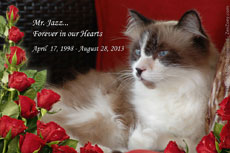







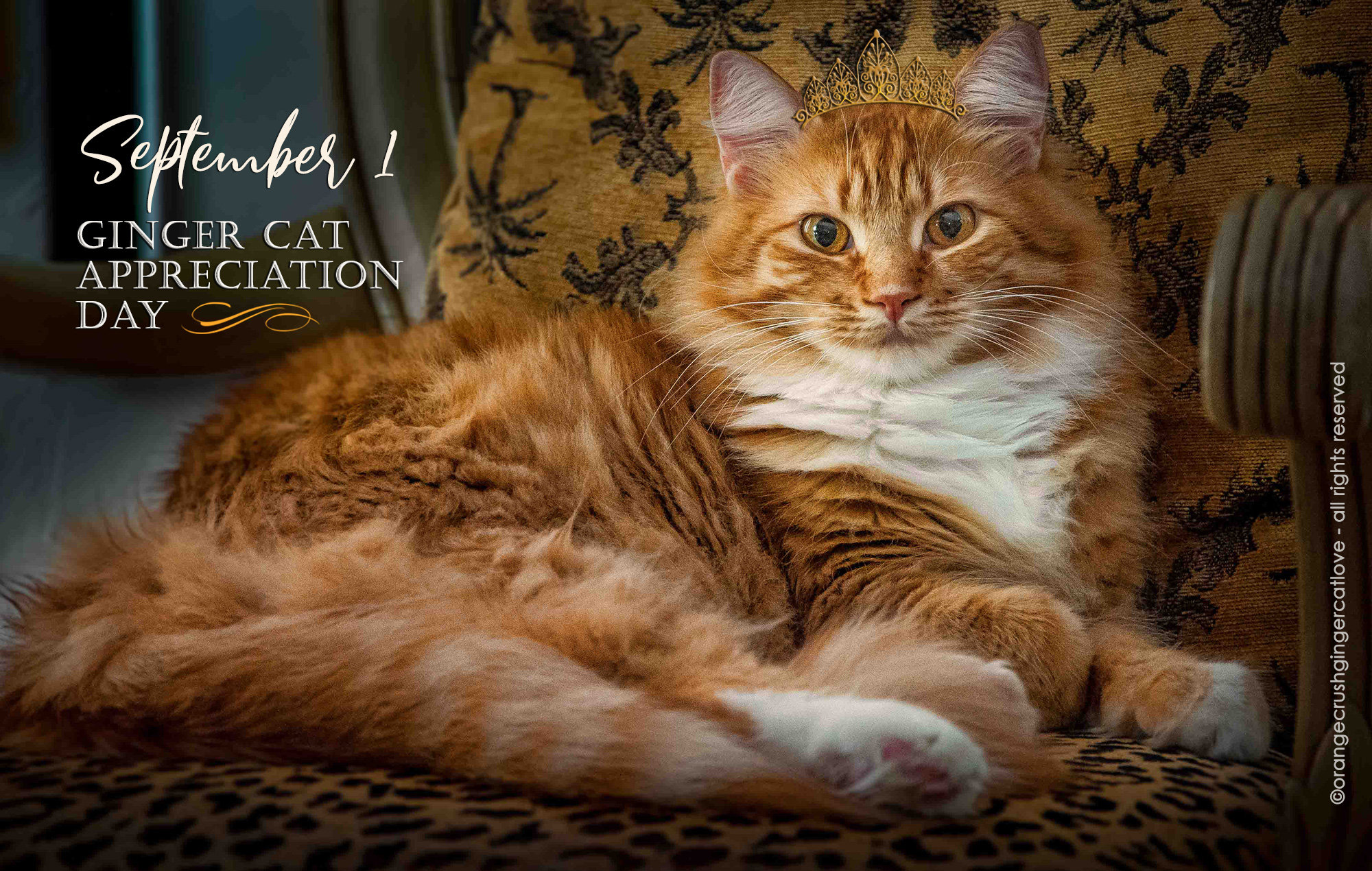
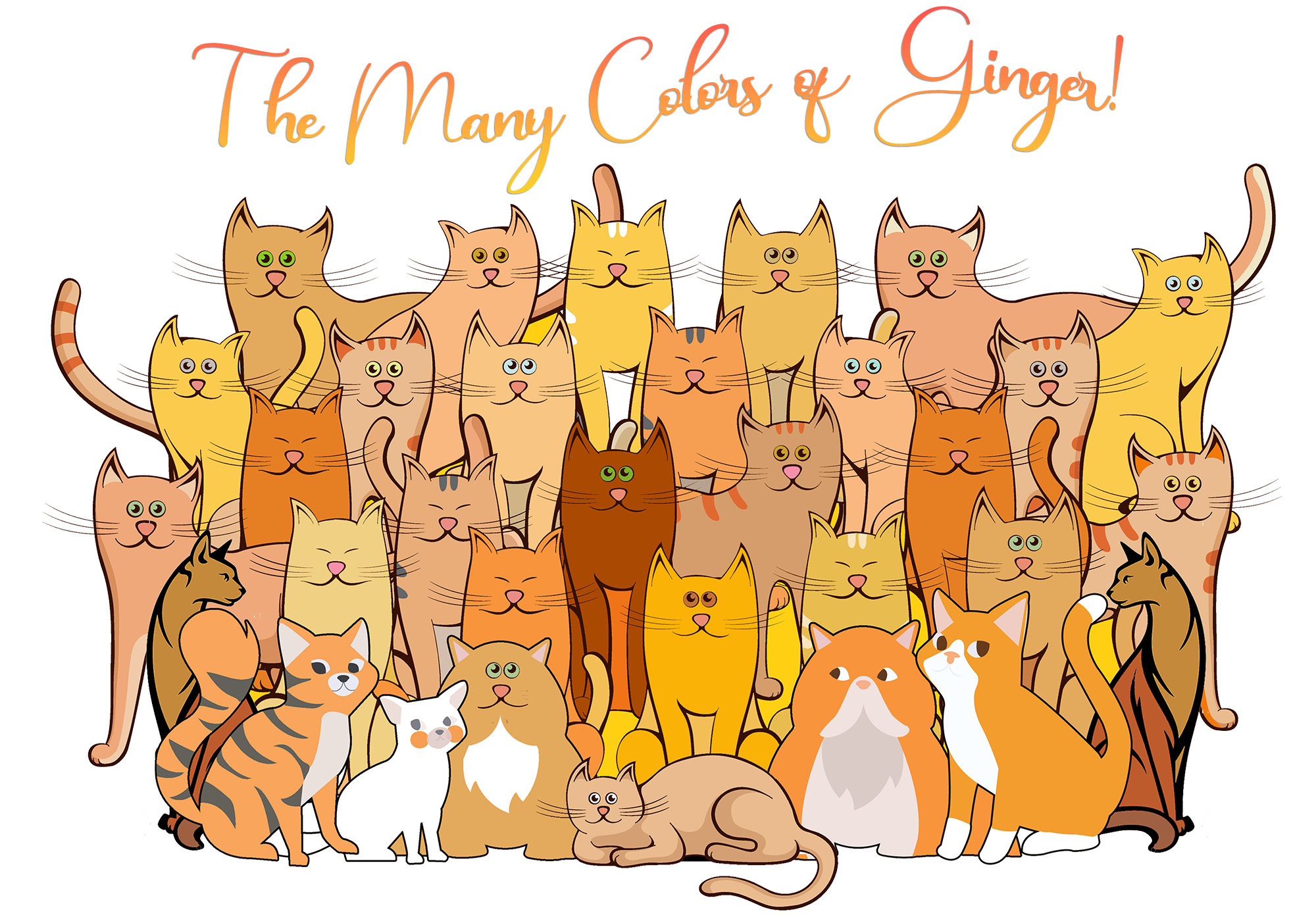


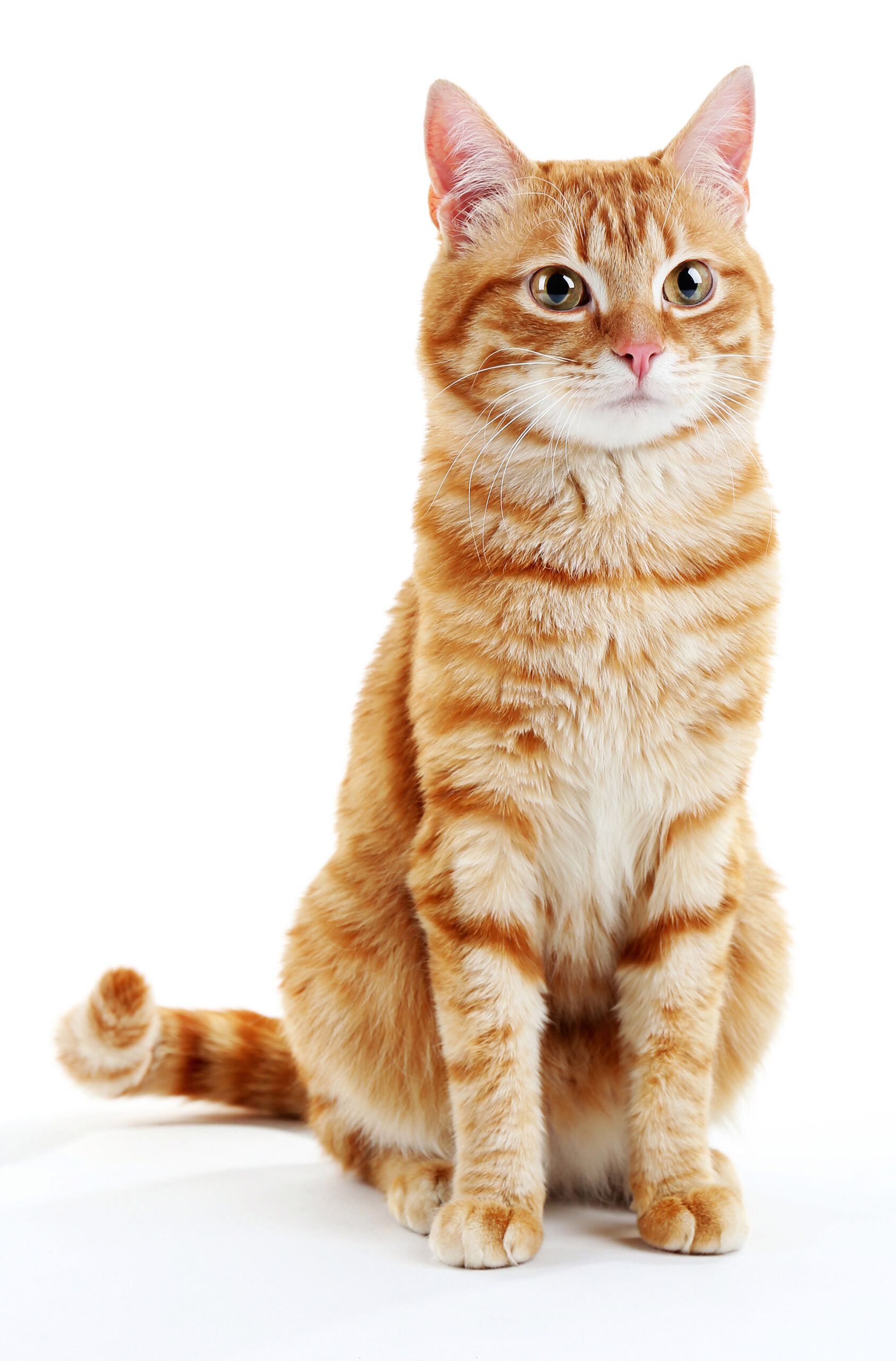

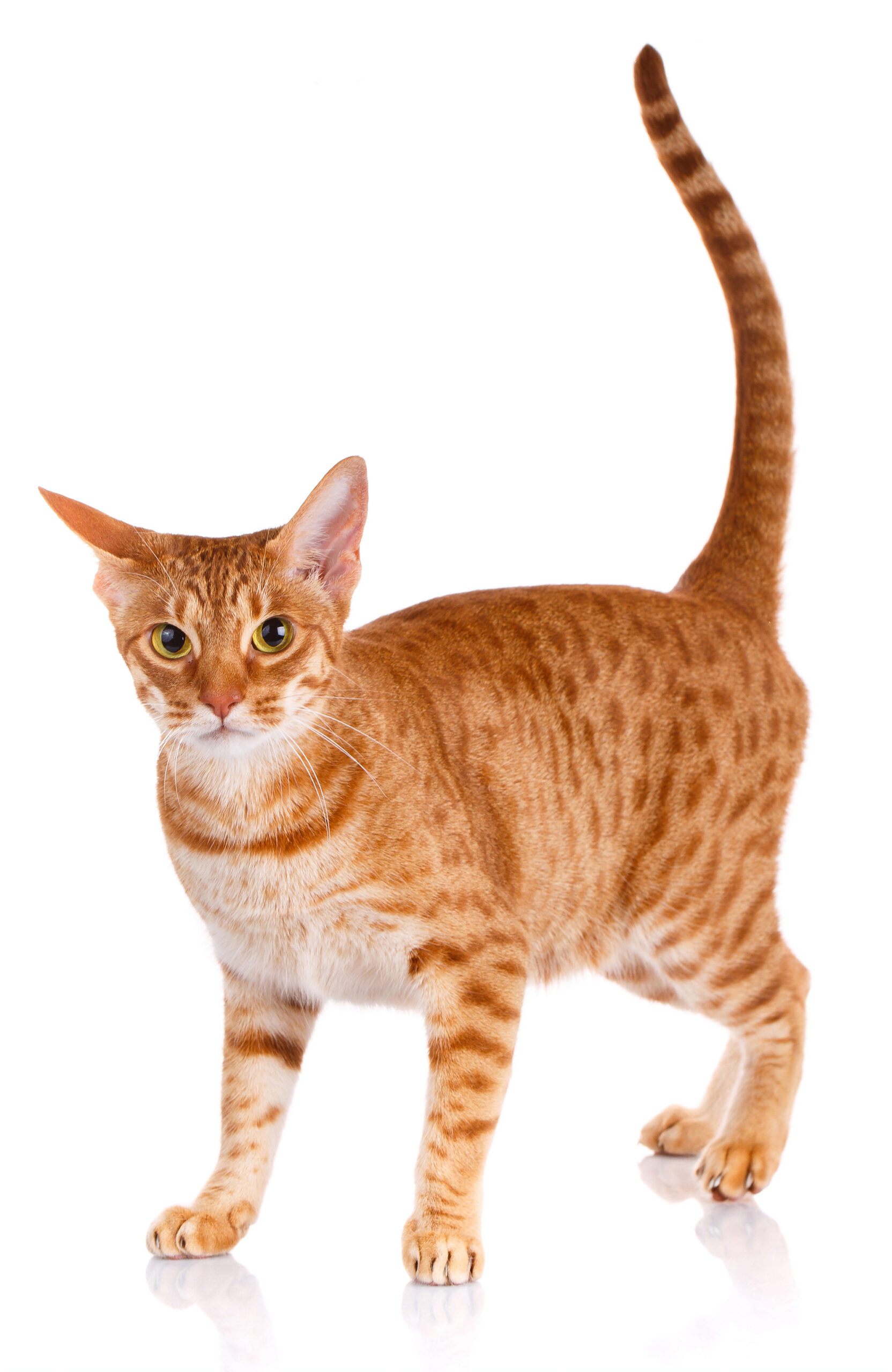
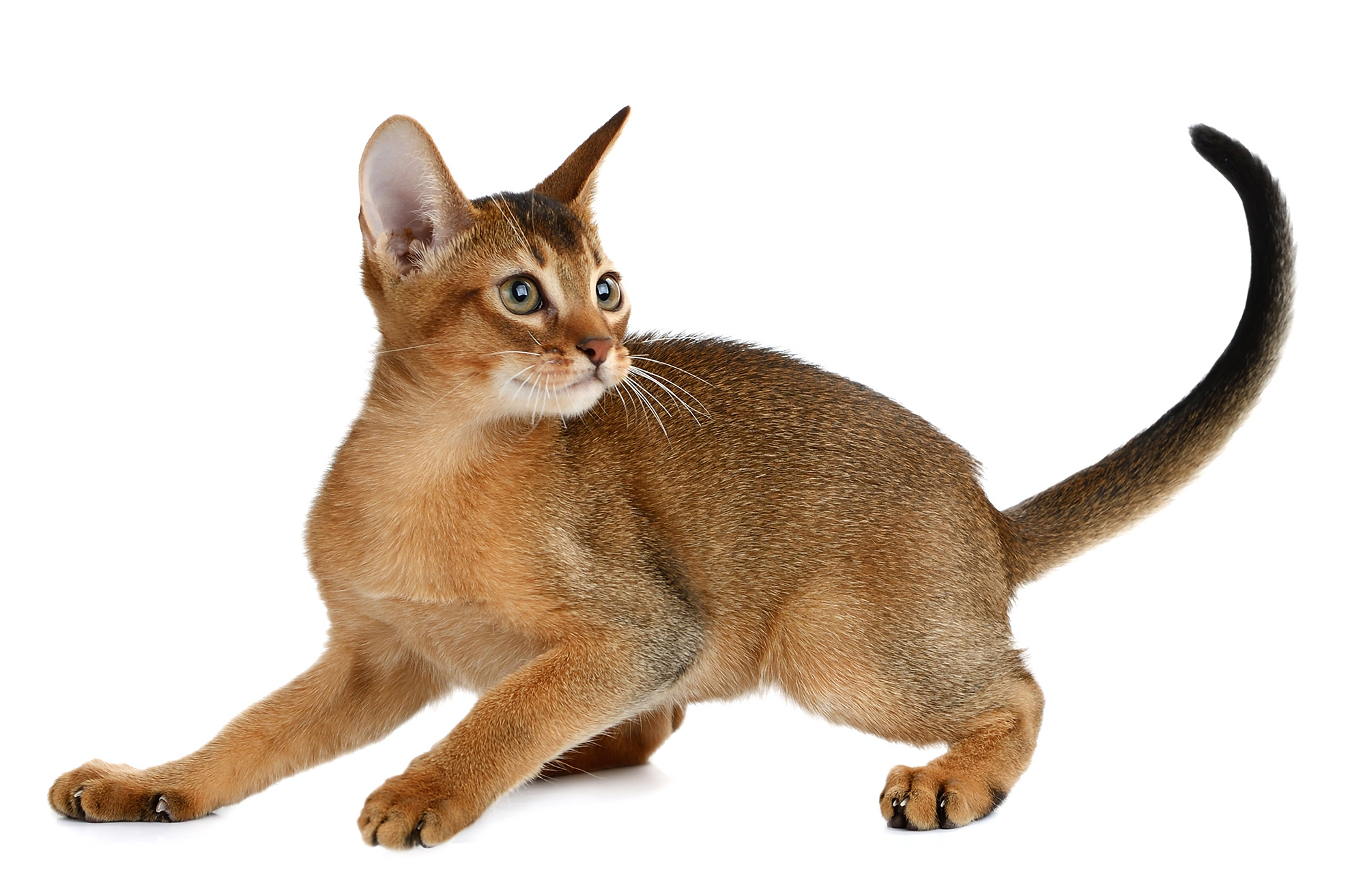
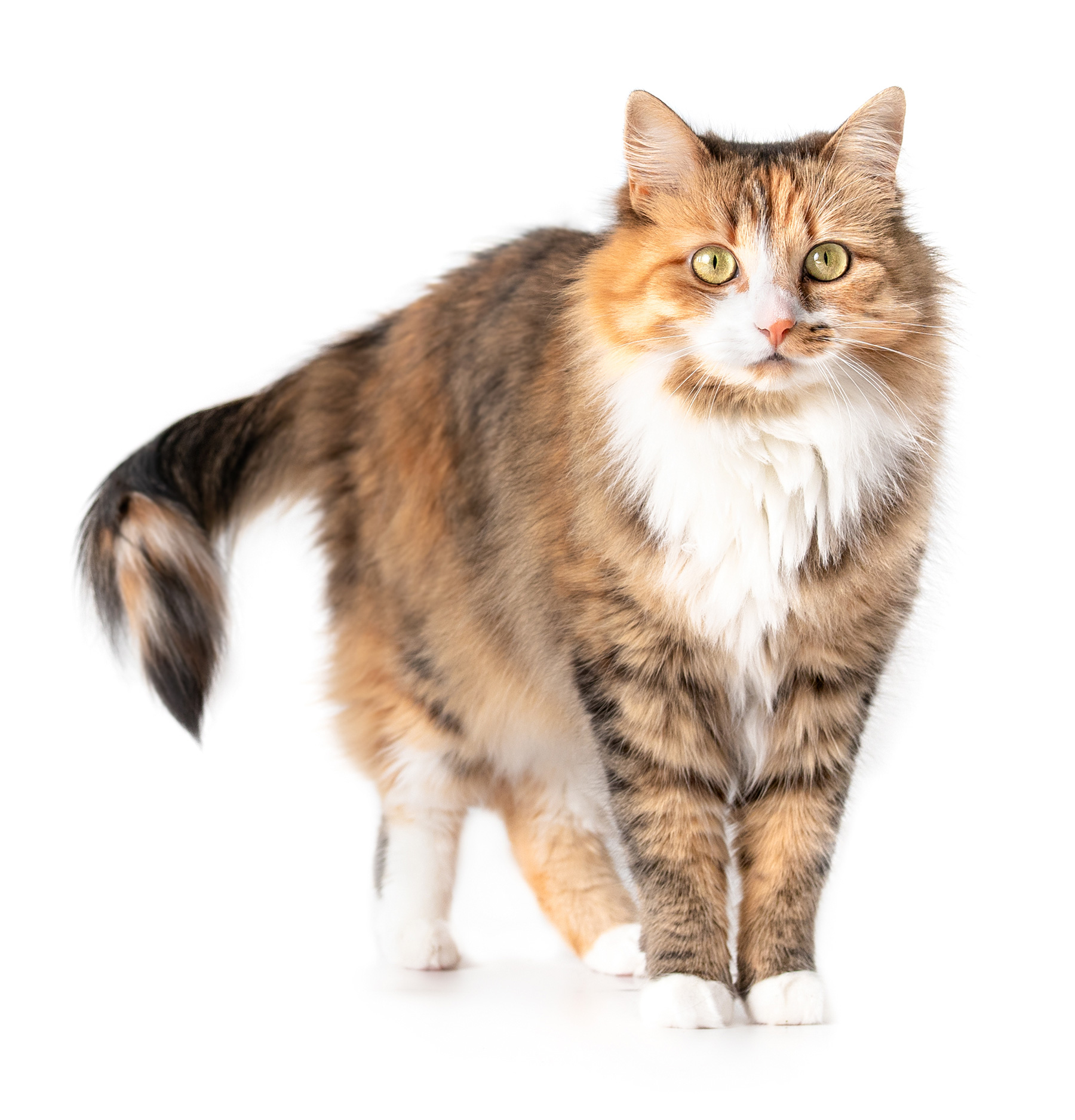


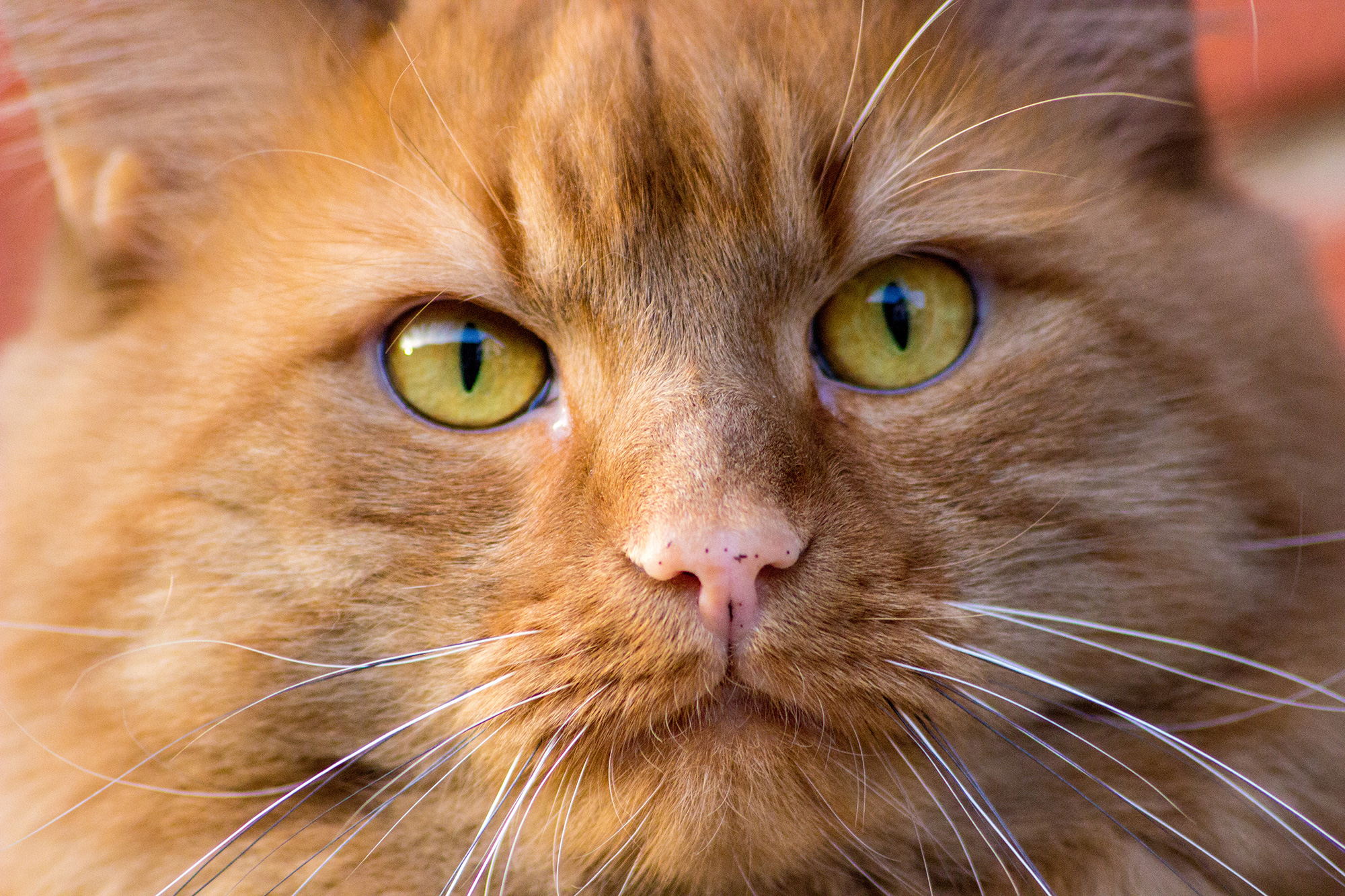















Oh my cat, oh my goodness. Honestly was not sure I would take time to read all of this, but once I began just kept going. It was wonderful to learn so much about “gingers”, though it has been years since one filled my days and life. Though my Maggy was a tortie, with some lovely ginger-y furs tucked in here and there. I wish you well as you continue with ORANGE CRUSH, obviously a massive undertaking … paws up to you. Thanks again for a great post today …
Two “orange” tabbies — one a very vivid red female and the other, a very large, very pale “yellow” male — have graced my life, as well as a lovely calico/calaby/tortico?, a tortoiseshell, and a brown patched tabby. So “orange” is big in my life.
As a scholar on the subject of orange cats in entertainment, you will undoubtedly remember fondly, the orange tabby in “Gigot” — a little-known but wonderful “vintage” film starring Jackie Gleason.
What a fascinating post!! I read it all!!
I have not ever had a ginger of my own, but have met more than a few…one of which was a neighbor’s ginger called Lion…he thought we were his second home! LOL! He was of the mackerel tabby type.
Best wishes for your upcoming book!
Fascinating and comprehensive information on ginger cats! We’ve taken, or homed, whatever cats came to us, for decades, (checking to make sure the weren’t owned), and only one orangie has ever showed up. We called him Orange Cat and he’s on my books back cover. I’ve also seen the lovely reddish furs on torties and calicos and in places on a few tabbies. Looking forward to your book!
That should say, “we’ve taken in”.
Great info ! Thanks for sharing ! My orange by is next to me right now.
I love ginger cats. I have 3 now and 1 angel. I look forward to your book.